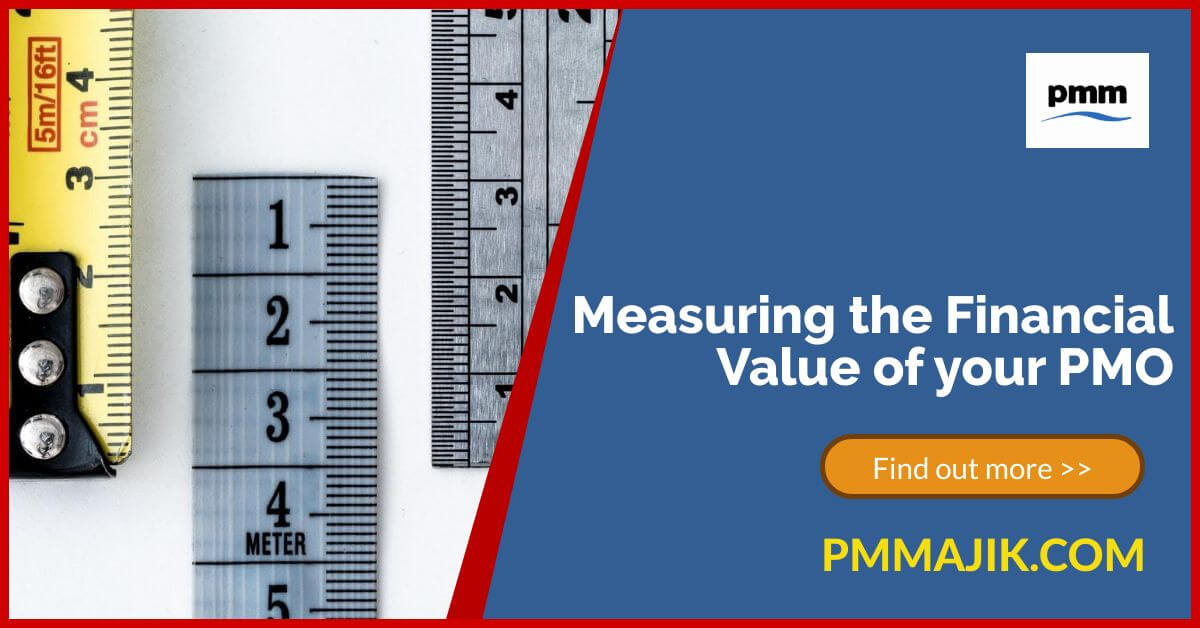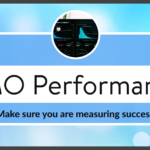One of the measures of success of a PMO is the financial gains it brings to the business. The projects in a PMO vary widely in scope, requirements, and deliverables. How can you go about measuring the financial value of your PMO?
Most businesses are about making money, so the board will want to see what it’s getting in return for investing in projects. Even public sector PMOs can have a financial element, for example if they’re targeted to reduce spending.
With the financial value of your PMO being so important, we’re going to look at:
- When and why you need to calculate the financial value of your PMO
- What measures are effective for measuring your PMO’s financial value
- The different circumstances your monetary measures will be useful
Making you ready and prepared for any questions about the financial value of your PMO.
Why is the financial value of my PMO important?
Most businesses work on the profit motive. The PMO will have been set up to drive those profits. Whether it’s through governance and procedural adherence in a traditional PMO, or through more strategic activities in a business-focussed PMO, your office is about financial productivity.
The financial value, along with other key metrics, will be measured regularly through your performance review and checked against the office’s KPIs. We’re going to be looking at the important measures in terms of money and your PMO in a moment.
Since a PMO doesn’t directly generate profits, it can come into the viewfinder for cost efficiencies during times of financial woes for the business. It’s at this point that you need to be able to present the financial value of your activities clearly and succinctly over time.
Which KPIs measure financial value in my PMO?
Knowing what information you should be monitoring in terms of finances will help you track your PMO’s financial performance.
Gross profit margin
This measure links directly to the financial results of the business. It’s a number the board will want to see in your quarterly and annual review and can be calculated at a project and office level. It is rather crude in that it looks at headline number and doesn’t seek to assign value to customer retention, for example.
To calculate your PMO gross profit margin, use the following formula:
- (Revenue – Costs) / Revenue * 100
Return on investment
Another standard financial measure used in lots of business areas, return on investment is a more relative measure. It’s a useful metric to monitor your financial progress over the year, aiming for an inclined curve showing an ever-progressing effectiveness. Units of data in each project are assigned a value as a function of their net benefits to understand the value added.
The calculation for return on investment is:
- (Benefits – Costs) / Costs * 100
Earned Value
The earned value of your projects and PMO shows you the value derived from the money that’s already been spent on a project. It’s an effective measure of where a project is up to in terms of productivity vs money spent. The earned value should be monitored at set stages of a project to ensure that is stays on track; it’s measuring how well the project is adhering to timescales and budget estimates.
To figure out the earned value on a project, and for your PMO, use this formula:
- Planned Value / %age Work Completed
Cost Variance
Well planned projects will have created an estimated budget overall as well as broken down over time. The cost variance measures whether the projects in a PMO, and even the PMO itself is adhering to financial parameters. This will not only work to inform you and the board about whether projects can stick to budgets, but might identify chronic over- or under-budgeting for projects. A positive number means the project came in within budget.
The calculation you need for cost variance is:
Budgeted Cost of Work – Actual Cost of Work
The take home
There are a range of way that you can go about measuring the financial value of your PMO. Being able to show the value of your office in terms of how it affects the bottom line will ensure that you keep the confidence of the board.






